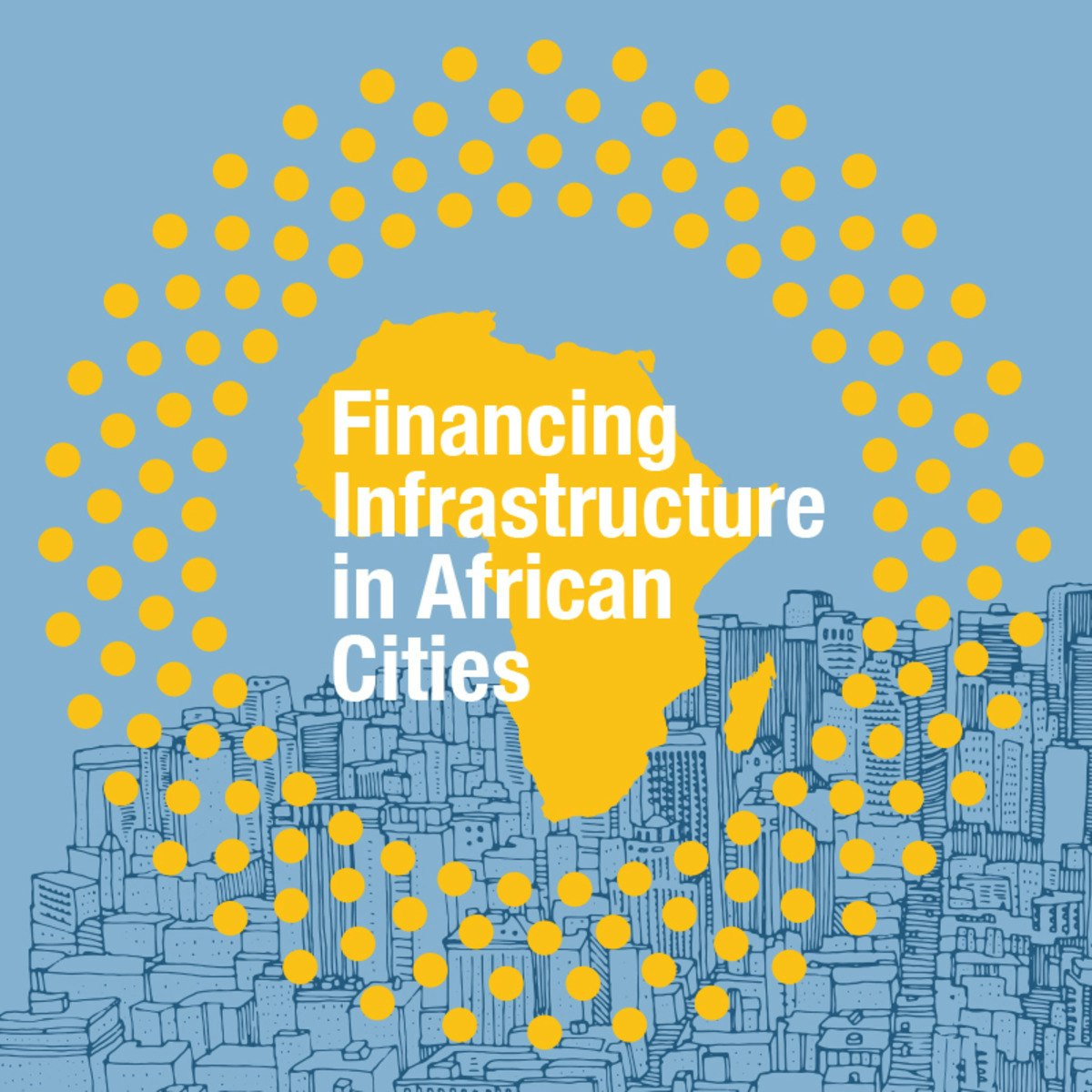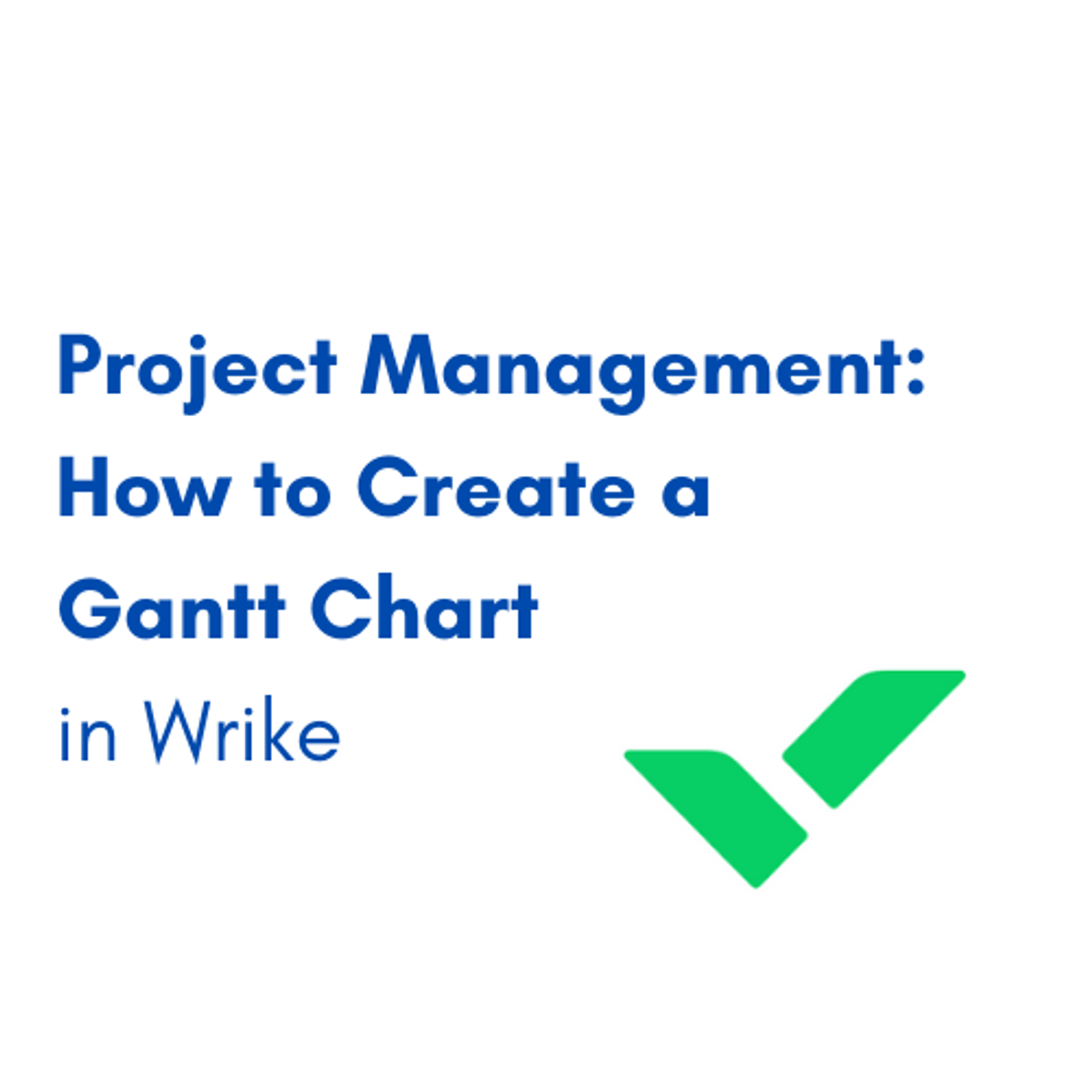Back to Courses









Business Courses - Page 10
Showing results 91-100 of 2058
Social Media Advertising
Social media platforms are driven by digital advertising. As a result, social media advertising is affordable and can be purchased at almost any budget. Targeting options in social media advertising are also sophisticated. It is possible to tailor ads around a user’s behaviors (e.g., likes, posts and clicks). This course unpacks small business use cases of Facebook, Instagram and Twitter advertising. From basic campaigns, to advanced techniques including lookalike modeling and audience retargeting, this course shows how to effectively advertise on three major social media platforms.

Financing Infrastructure in African Cities
The world is urbanizing fast. In less than a century more than 1 billion people have been urbanized. That translates into the fact that more than half of the world’s population is already living in cities. Experts forecast that very soon Africa will become one of the most urbanized continents. However, almost 70% of world’s urban population is living in the cities where governments are struggling to provide basic services like sanitation, schools, hospitals, and adequate clean water.
The reason is that, their governments do not have enough money. This may also be true also for the city where you live or work. Poor infrastructure affects your daily life. Local governments struggle with mobilizing finances so that they can improve your quality of life but many times they are not aware of the right mechanisms.
Imagine that your government wants to know how can they finance cities and they want you to advise – where will you begin with? Our finance experts are bringing their experience right at your Desk through this MOOC. This MOOC has five modules and in five weeks you will learn:
• Financial decision making environment in urban systems
• Mechanisms for mobilizing local revenues
• Innovative mechanisms for financing infrastructure projects through partnerships, and
• Financial decision making under uncertainties and risks
We will provide you a carefully selected set of literature, quizzes and interactive discussion forums. So join our MOOC and find out the ways to make your city a better place to live in for yourself and for your next generations.
(This MOOC was developed in collaboration with the United Cities and Local Governments of Africa (UCLG-Africa), African Local Governments Academy (ALGA), and Erasmus University Rotterdam)
Strategic Leadership and Management Capstone
The capstone is a strategic leadership and management plan where you’ll apply what you will learn to an actual business situation with participation by one or more focal companies. The deliverable will be designed to create value from the perspective of potential employers while achieving pedagogical and experiential goals for learners.
This course is part of the iMBA offered by the University of Illinois, a flexible, fully-accredited online MBA at an incredibly competitive price. For more information, please see the Resource page in this course and onlinemba.illinois.edu.

Work with Components in Figma
Components are popular in engineering and used for building user interfaces and games. Components are elements that you can use in designs when working with Figma. They help to make your projects have consistency. Adding the concept of components to a design tool makes the composition of complex designs more consistent and efficient. The great part of components in Figma is that Figma wants to make components easy to learn and use while still being powerful enough for advanced users. Learning about components will help you to build things faster and more consistently. By the end of this project you will be able to manipulate components in your projects easier.
Corporate & Commercial Law I: Contracts & Employment Law
This class deals with the business law topics that appear on the CPA exam: Agency, Contracts, Debtor-Creditor Relationships, Government Regulation of Business, and Business Organizations. Students will gain an understanding of how these areas of the law affect businesses and their operations, with an eye on preparation for the business law portions of the REG section of the CPA exam. By the end of the class, students will be able to identify the legal principles that govern various business situations and apply those principles to an issue to determine the outcome when the law is applied to the facts of a scenario.
Project Execution and Control
The focus of this course is on the process of managing projects. After planning is done, we need to know how to successfully execute the plan and deliver within the allocated timeframe and cost. This course will focus on how execution and progress evaluation is performed in a waterfall approach, as well as the agile approach to project management. The goal is to learn the tools and techniques offered by both of these approaches and empower the project managers to utilize what works for a given project.

Profit Analysis using Economic Value Added
In this 1-hour long project-based course, you will learn how to calculate the Weighted Average Cost of Capital, calculate capital invested, finance charge, and NOPAT, and use financial statements to calculate Economic Value Added. Economic Value Added is one of the most critical metrics in financial modeling and analysis and is used to measure the profitability of the projects and management performance.
Note: This course works best for learners who are based in the North America region. We're currently working on providing the same experience in other regions.
It is recommended to take the Introduction to Valuation with WACC and Analyzing Company's Performance using Ratios projects first.

Sales Operations: Final Project
In the final project for the Sales Operations/Management Specialization, learners will be asked to apply the knowledge they have obtained by performing a critical analysis of a real-world business. Learners are to select a business that has a sales function/operation. The learners are to identify the manager responsible for the sales function (typically called a Sales Manager) and interview this person on the sales management practices at this firm.
Inferential and Predictive Statistics for Business
This course provides an analytical framework to help you evaluate key problems in a structured fashion and will equip you with tools to better manage the uncertainties that pervade and complicate business processes. To this end, the course aims to cover statistical ideas that apply to managers by discussing two basic themes: first, is recognizing and describing variations present in everything around us, and then modeling and making decisions in the presence of these variations. The fundamental concepts studied in this course will reappear in many other classes and business settings. Our focus will be on interpreting the meaning of the results in a business and managerial setting.
While you will be introduced to some of the science of what is being taught, the focus will be on applying the methodologies. This will be accomplished through use of Excel and using data sets from many different disciplines, allowing you to see the use of statistics in very diverse settings. The course will focus not only on explaining these concepts but also understanding the meaning of the results obtained.
You will be able to:
• Test for beliefs about a population
• Compare differences between populations
• Use linear regression model for prediction
• Use Excel for statistical analysis
This course is part of Gies College of Business’ suite of online programs, including the iMBA and iMSM. Learn more about admission into these programs and explore how your Coursera work can be leveraged if accepted into a degree program at https://degrees.giesbusiness.illinois.edu/idegrees/.

Project Management: How to Create a Gantt Chart in Wrike
By the end of this project, you will create an interactive Gantt chart to plan a Birthday party event using Wrike. You will also be able to follow the general interface of Wrike to create your own spaces, folders, projects, and tasks. You will develop organizational skills that aid you in managing several tasks and projects simultaneously. The target for this guided project is to complete a Gantt chart to plan for a project. Gantt charting allows you to follow up on your tasks and gives you an idea of the duration of each task compared to one another.
This guided project is for beginners who want to organize and manage several projects including project managers, team leaders, and entrepreneurs. It’s also a great tool to use to organize your day to day activities in general. It will benefit your career development by aiding you to follow up with all of your projects and tasks in one place. It will also help you organize and align your team members and/ or employees.
Wrike is an online software that enables you to add all of your important projects and events in your personal and professional lives. It gives you several methods of preparing and viewing the information you add to it including assigning tasks to team members and adding deadlines.
Popular Internships and Jobs by Categories
Find Jobs & Internships
Browse
© 2024 BoostGrad | All rights reserved